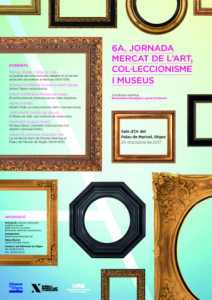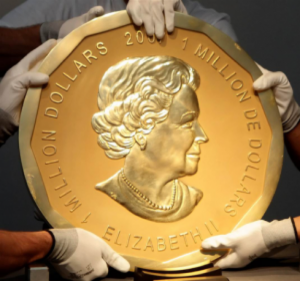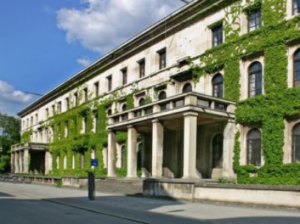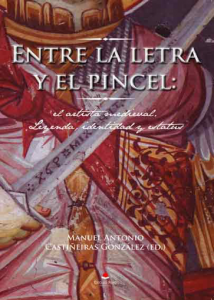1. Sitges as usual.

The day of conferences (October 20th) hosted by the Museums of Sitges, near Barcelona, and devoted to collectionism, museums and the art market, will as usual mark the rentrée in this corner of the Mediterranean. In a fitting coincidence, one of the speakers, Glòria Domènech, will elaborate on the late Antoni Tàpies as collector, just two weeks after some of the works he treasured will have gone to auction at Christie’s – at the Post-War and Contemporary Art Evening Auction (6 October, London) and the Up Close Sale, (3 October, London), with further works at the Impressionist and Modern sales in February 2018.
2. An Austrian abroad: Max Hollein.

The FAZ has the ability of making good interviews to German-speaking directors abroad. Max Hollein, the former star of the European museum sector as director of the Frankfurt’s museums, and since last year, director of the Legion of Honor and the M.H.de Young Museum in San Francisco, says:
“European museums are heavily influenced by public cultural policies. There is not state-lead cultural policy in America. The museums are far more influenced by what the Board of Trustees says, not only from the economic point of view”.
3. A German abroad: Eike Schmidt.
All the same for Eike Schmidt, the current director of the Ufizzi: “The Italian bureaucracy is a giant hurdle. I have overcome it successfully many times”, states he in this interview for the FAZ. As it is known, he will leave the Florentine museum for the KHM Vienna in the second half of 2019.
4. Our common friend Leviathan.

The poor owner of Pleurant n. 17 from the tomb of Philippe the Bold (which has been reconstructed in the Musée de Beaux Arts de Dijon), can trace his ownership back to 1813, and has lent the piece to all the relevant exhibitions. Moreover, when he decided to sell it, he approached the tax authorities for a in lieu scheme, and also the museum of Dijon for a fundraising campaign, unsuccessfully. But when he eventually put it to auction, the heroes of Leviathan finally awoke, and he now risks expropriation by the French state on the grounds of a rule of 1804 (the tomb was however dismantled in 1793, articles at La Connaissance des Arts and Bilan).
5. A family matter.

ARCA’s blog explains us the family connections behind the robbery of a Big Leaf in the Bode Museum, Berlin. Otherwise, you can find in Die Zeit a video showing three of the detainees, in their way home after the job, taking a walk together into an empty, CCTV surveilled S-Bahn.
6. Böhler? Ask the ZI.

The ZI in Munich has secured funds for research on the Julius Böhler archives (1903-1949), which they acquired in 2015. They are however looking for more suport for the digitization of all the material. Böhler was one of the most important German Old Masters dealers of the first half of the 20th century, closely related with the Royal museus an collections in Berlin and Munich. He was also active with American Museums – the MFA Boston bought him this fine Saint Francis by Francisco de Zurbarán.
7. A man with a mission.

Professor Manuel A. Castiñeiras carries on in his effort to put the Hispanic Romanesque art in its right international context. In his new book you will find articles by the many specialists form home and abroad attracted by him in his seminars and courses, at the Universitat Autònoma de Barcelona and elsewhere (Manuel A. Castiñeiras, ed.: Entre la letra y el pincel: El artista medieval. Leyenda, identidad y estatus, Círculo Rojo, 2017, 420 p.; ISBN: 978-8491603368).